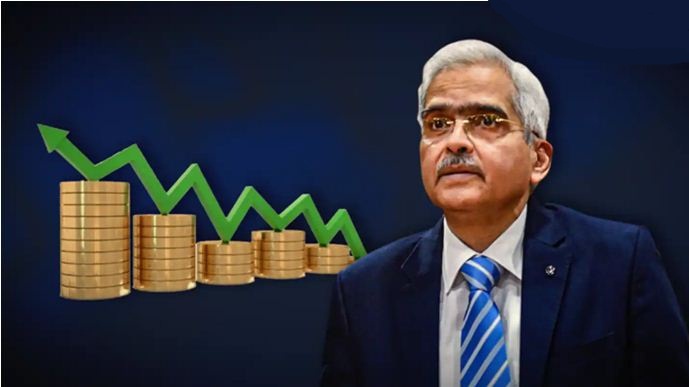- When he was appointed, Shaktikanata Das was the most controversial appointment in the history of the RBI governorship
- However, he turned out to be a better performer than two of his coveted ‘economist’ predecessors
- RBI under Shaktikanata Das has matched shoulder to shoulder with the Modi government, thus establishing its status as Hanuman of the Indian Economy
Since the Modi government came to power, RBI had played spoilsport for the Indian economy under Raghuram Rajan and Urjit Patel. Rather than having their monetary policy in sync with the economic policy, both Rajan and Patel played as a one-man army rather than a team. Finally the government-appointed Shaktikanta Das, an IAS officer and former bureaucrat in the Finance ministry as RBI governor in December 2018.
Das is to be governor till 2024
Since then, Das has aligned RBI’s policies with the government in order to support economic growth and also brought many innovations including opening up government bonds for retail investors. He was awarded a second term in 2021 and will be governor of the central bank till December 2024.
In the last three years and 3 months, RBI has supported the policies of the government through an accommodative monetary policy and emerged as Bhagwan Hanuman for the Indian economy.
Raghuram Rajan and Urjit Patel had complicated the issues
RBI had taken a very conservative approach concerning regulations under former governor, Raghuram Rajan and later under his protégé Urjit Patel. The government was not happy with the stringent approach but officials of RBI were not ready to listen to them.
Read more: Urjit Patel’s journey from being a villain to hero in the eyes of the liberal brigade
India had one of the highest ‘effective lending rates’ in the world. As the central banks around the world flooded the economy with cheap capital in the last decade, the Reserve Bank of India has kept lending rates high. The central bank took a ‘very conservative stance on monetary policy and this hurt the economic growth of the country. The unavailability of cheap capital stalls economic activity and hurts economic growth.
Das eased the process of money circulation in Economy
The most important step of Shaktikanta Das has been ‘dovish’ monetary policy in the initial years, which India required due to benign inflation and slow economic growth at that time. The central banks cut the policy rates for three consecutive terms under his leadership.
The MSME sector was under huge stress due to strict norms introduced by the RBI regarding lending. The first step taken by Das was to ease out the NPA declaration rules for MSMEs with loans up to 25 crore rupees. Under Rajan and Patel, lending to the MSME sector had dried up. The sector is the second-largest employer and the backbone of the informal economy.
Under Shaktikanta Das, the Prompt Corrective Action (PCA) framework which was at the centre of a tussle between some public sector banks and RBI has been eased out. RBI put 11 public sector banks under PCA and asked them to stop lending until their balance sheet is healthy. The credit by these banks dried up, and the banks improved their balance sheet but the regulator was not ready to release them from PCA till the entry of Das.
Read more: Huge! How Modi Govt rescued 13.5 lakh MSMEs saving a whopping 1.5 crore jobs
Norms relaxed for investors
Moreover, Das brought many innovations to RBI. Under his leadership, for the first time, retail investors have the opportunity to directly invest in government bonds. This would solve many issues at the same time. First, there would be plenty of money at the government’s disposal to finance capital expenditure. Given the fact that the people of India trust the government more with their money compared to private firms, they would invest in government securities in large numbers.
Secondly, the government would not have to rely on foreign investors for loans. Thirdly, the scheduled commercial banks, especially the public sector ones, will be encouraged to give loans to private players instead of investing in government bonds to escape from the risk of giving loans to the private sector.
Read more: Shaktikanta Das proves critics wrong, vindicates Modi govt’s decision to appoint him as RBI governor
Indian Economy’s healthy state is directly credited to Das
Moreover, there will be competition between the banks and the retail investors for the government securities and this will bring the rate of interest further down. If the government has the availability of cheaper loans, it will have more money to be spent on new projects.
Under the leadership of Das, RBI has emerged as Bhagwan Hanuman (supporter of a noble cause) for the upliftment of the Indian economy and he must be congratulated for bringing the cold relations between the government and central bank to an end.
